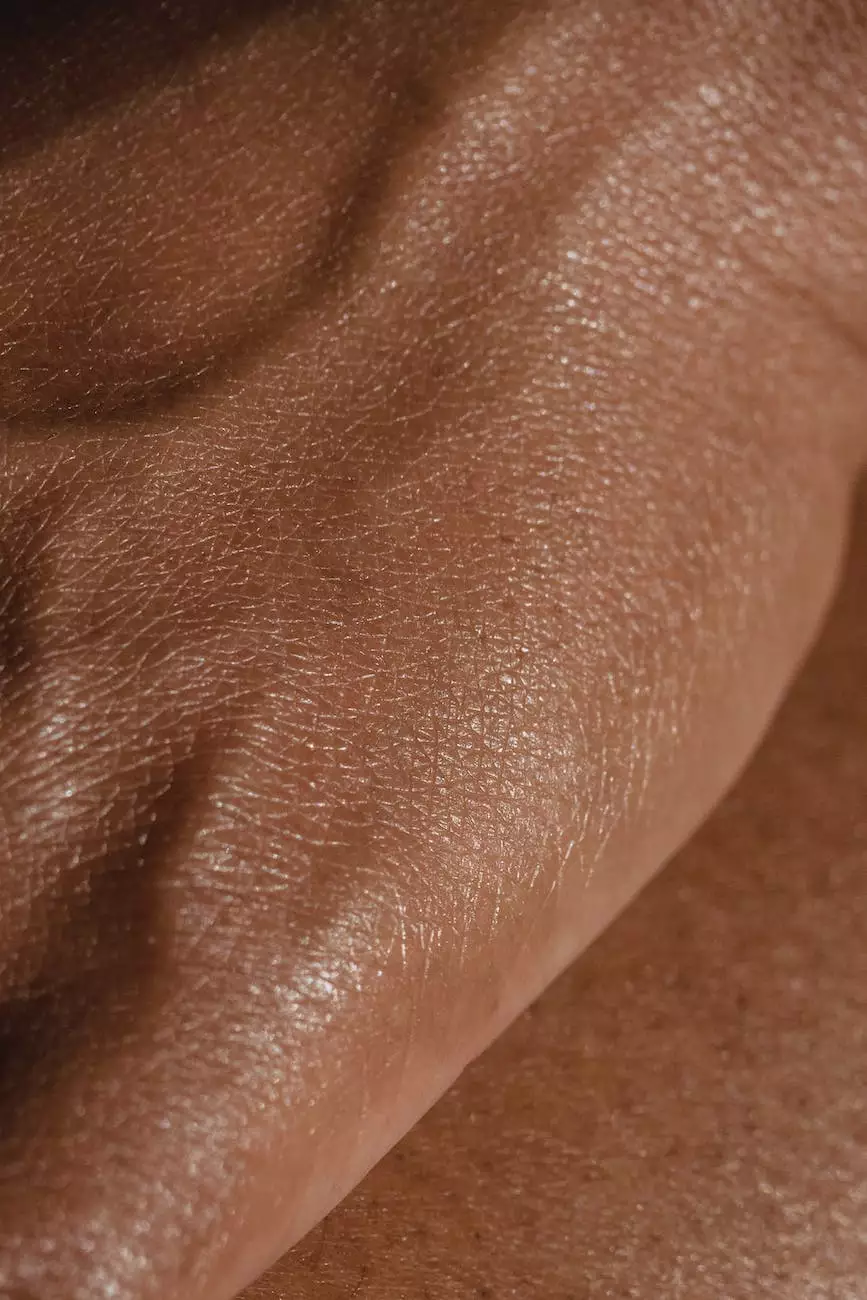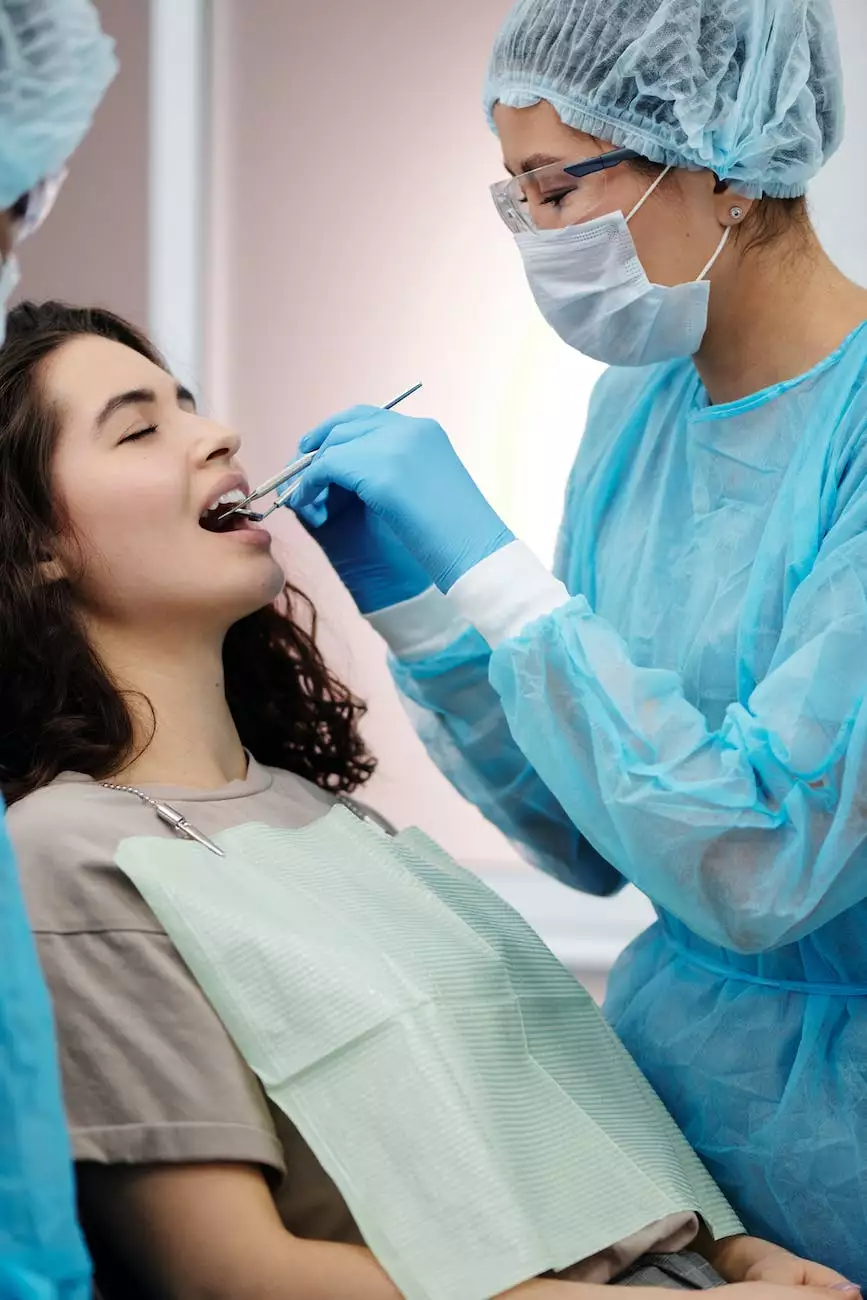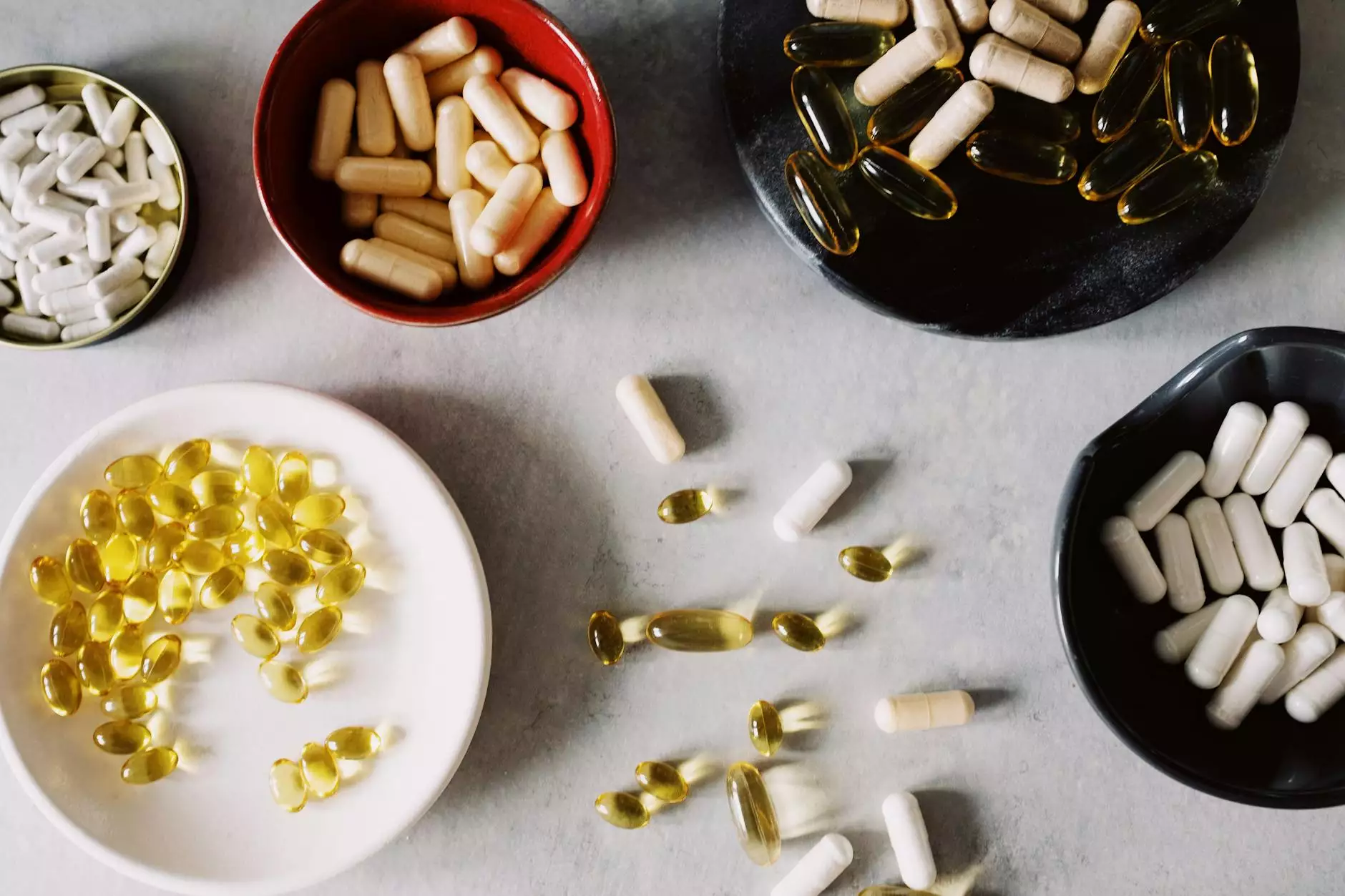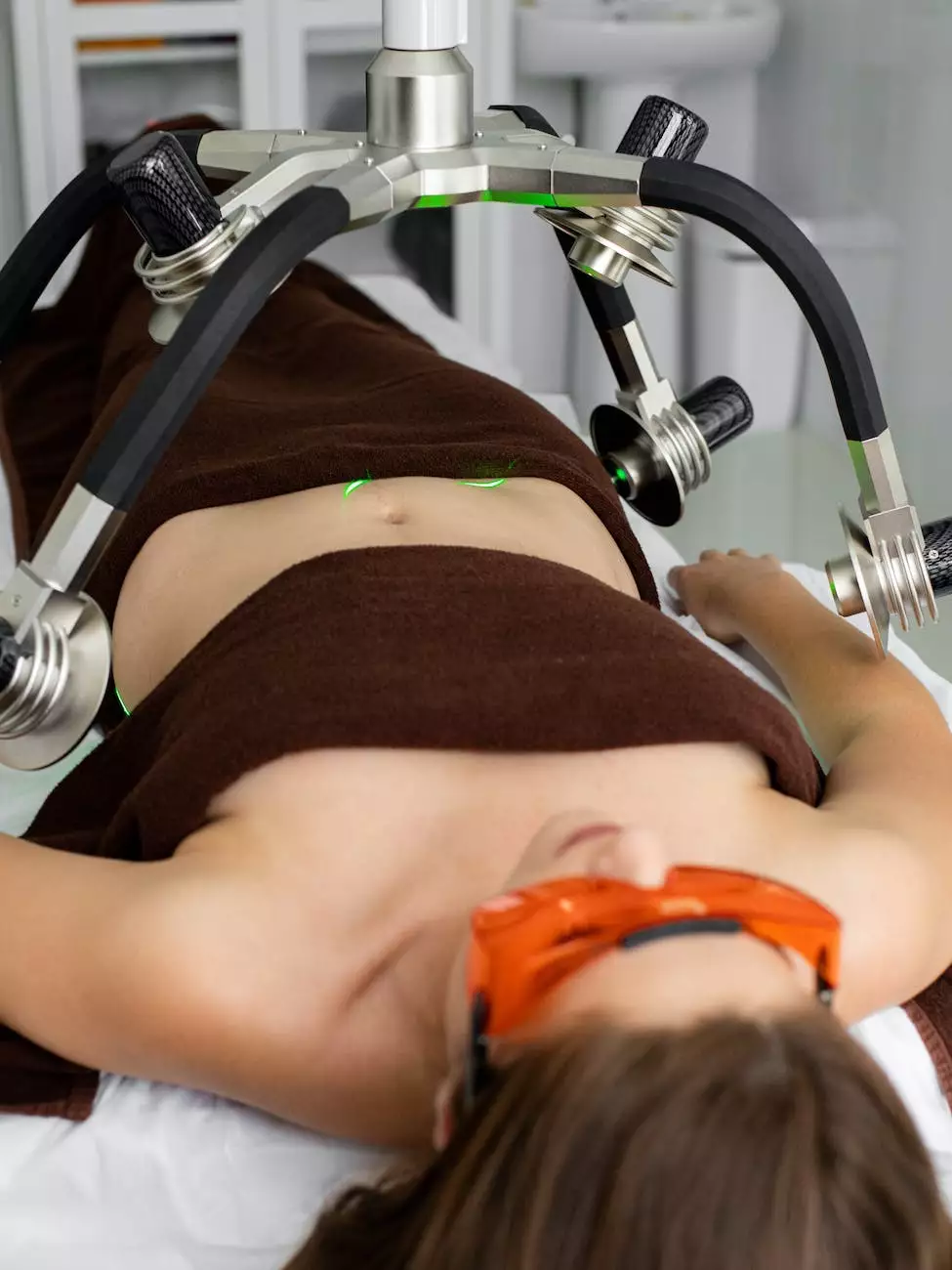These 5 Factors Put You More at Risk for Deep Vein Thrombosis

Introduction
Welcome to Greenstem Clinic, your trusted source for comprehensive healthcare information. In this article, we will delve into the 5 key factors that can increase your risk of developing Deep Vein Thrombosis (DVT). It is essential to understand these factors to ensure effective prevention and timely treatment. Let's explore them in detail below.
1. Prolonged Immobility
One of the primary factors that put you at a higher risk for DVT is prolonged immobility. This could include sitting for long periods, such as during long-haul flights, or being bedridden due to illness or surgery. When your legs are inactive for extended periods, blood circulation slows down, increasing the likelihood of blood clot formation in the deep veins. Greenstem Clinic recommends regular leg exercises, frequent movement breaks, and compression stockings to reduce the risk of DVT in situations requiring prolonged immobility.
2. Medical Conditions
Several underlying medical conditions can contribute to an increased risk of DVT. Conditions such as obesity, cancer, heart disease, and diabetes can disrupt normal blood flow and heighten the likelihood of blood clot formation. It is important for individuals with these conditions to adopt appropriate preventive measures, including regular physical activity, maintaining a healthy weight, and following a balanced diet. Greenstem Clinic offers specialized guidance and treatment options tailored to such medical conditions to minimize the risk of DVT.
3. Age and Gender
As we age, the risk of developing DVT tends to increase. Additionally, women, especially during pregnancy or while taking certain hormone-based medications, are also more susceptible to developing blood clots. Greenstem Clinic's team of experienced healthcare professionals recognizes the significance of age and gender in relation to DVT risk. They provide personalized advice, preventive measures, and appropriate treatment options based on the unique needs of each patient.
4. Family History and Genetics
Your genetic makeup and family history play a crucial role in determining your predisposition to developing DVT. If you have a close family member who has had DVT in the past, your risk is higher. Certain inherited conditions, such as factor V Leiden mutation, can also increase the likelihood of blood clots. At Greenstem Clinic, we conduct comprehensive genetic screenings and assessments to determine your genetic risk factors for DVT. This enables us to develop personalized prevention strategies and enhance your overall healthcare management.
5. Surgery and Trauma
If you have undergone major surgery or experienced severe physical trauma, your risk of developing DVT is significantly higher. These conditions can disrupt the normal flow of blood and cause damage to blood vessels, leading to clot formation. It is crucial to follow the post-operative guidelines provided by your healthcare provider, including early ambulation and proper use of compression stockings. Greenstem Clinic's expert medical team specializes in post-operative care and can guide you through a safe and effective recovery process, minimizing the risk of DVT.
Conclusion
Understanding the factors that put you more at risk for Deep Vein Thrombosis is vital for maintaining your overall health and well-being. Greenstem Clinic is dedicated to providing comprehensive prevention and treatment strategies for DVT. Whether you require preventive measures, personalized medical care, or expert guidance, our team of professionals is here to support you throughout your healthcare journey. Take proactive steps to mitigate your risk of DVT; contact Greenstem Clinic for personalized advice and world-class healthcare services.










